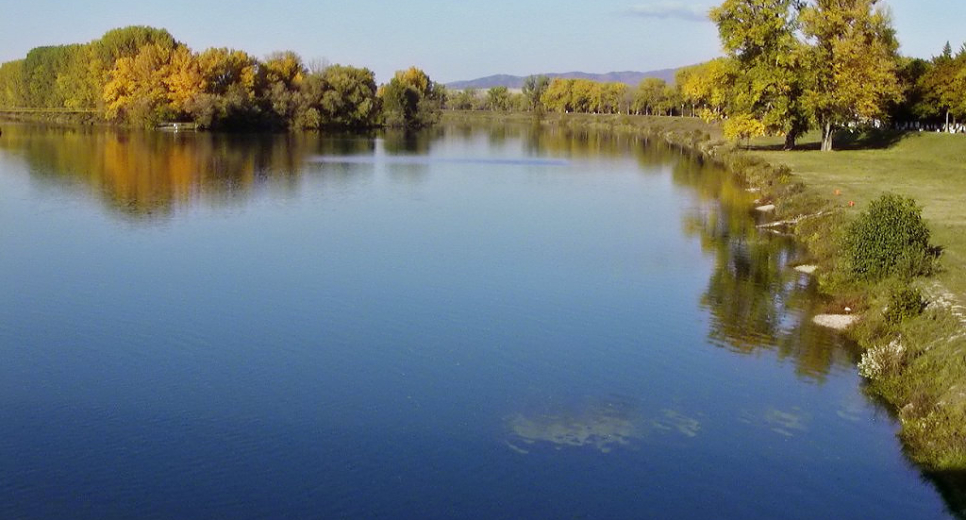
Vág Valley

Vág Region, Vág Valley (Považie): today the name of three Slovak regions, usually the summary name of the Lower Vágmenti, Közéső-Vágmenti and Upper Vágmenti tourist regions. Before 1920, however, the counties of Nyitra, Trencsén, Turóc, Árva and Liptó were considered Vágvölgy counties.
VÁG VALLEY
The Alsó-Vágmenti region is predominantly connected to the former Nyitra county, and a smaller part to the Bratislava county. This region is the oldest inhabited region in Slovakia, which can be proven by archaeological findings. In the Middle Ages, the so-called "Czech road" was built here, which connected the Czech Republic and Moravia with Hungary. In the 13th century, many castles were built along this road. Territorial units according to districts:
- Galánta district (Pozsony county)
- Pöstyén district (it was once entirely part of Nyitra County)
- Vágsellye district (the largest part of it is Nyitra county, a small area in the west was part of Bratislava county)
- Galgóc district (once part of Nyitra County)
- Nagyszombati district (Pozsony county) and
• 4 southeastern villages from the Vágújhely district (the southern part belongs to the Nyitra county).
The majority of Hungarians live in Western Slovakia, in the area of the Danube, Alsó-Vág and Alsó-Garam, that is, the area of Alsó-Vág is considered one of the important areas of the Hungarian population in Slovakia.
The Alsó-Vág has an extensive floodplain, its abundant water and high fall were important for the mill industry (milling along the Little Danube and in the lower reaches of the Vág) in the past. Ship mills flourished in the 19th and early 20th centuries mainly on the Danube and the Vág. In the lower reaches of the Vág and in the bigger cities of the Danube, the ship mills were located like settlements. The ship mills disappeared from the Vág, as well as from the Danube, mainly due to river regulations, the construction of hydroelectric power plants and the importance of shipping.